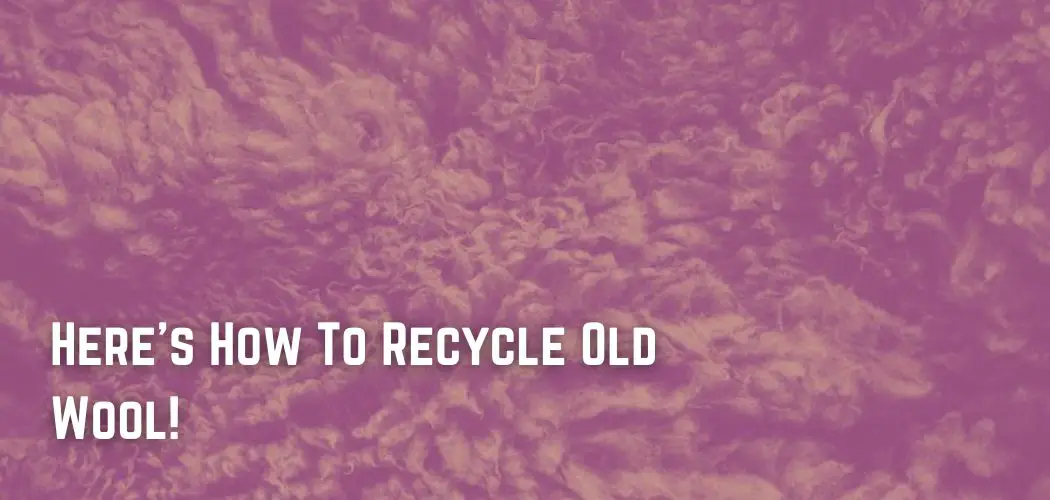Wool is a naturally resilient material. Wool clothes can be worn for a long time, so they have less of an effect on the environment. According to research, woolen items have the ability to last 20 to 30 years, and frequently longer.
Wool is widely recyclable and has well-established recycling routes. Prato, Italy, is a well-known center for the recycling of wool. There, textile makers refined their craft, and their knowledge is now in high demand.
About 3.3 million metric tons of textile waste are dumped every year in the US alone.
While wool represents just a minor portion of this, reusing and recycling 2 million metric tons of waste textiles per year may cut carbon emissions by the same amount as removing 1 million automobiles from the road.
Quite astounding, no? Wool is the most easily recyclable natural fiber of all textile fibers. In actuality, wool has been recycled for centuries.
In 6–12 months, microorganisms in the soil degrade the keratin fibers of wool. Wool is also good for the soil and acts as a natural fertilizer as it breaks down, so you can use it to give your indoor or outdoor plants nutrients.
Biodegradation can also happen in landfills, but it depends on the conditions in the dump and what other things are buried with the organic matter.
Thus, natural fibers can take much longer than expected to biodegrade in landfills. This is why composting is a superior environmental option.
Some Advantages Of Wool Recycling
The peer-reviewed journal Sustainability has published an evaluation of a recycled wool mix sweater’s life cycle and a study of its effects on the environment.
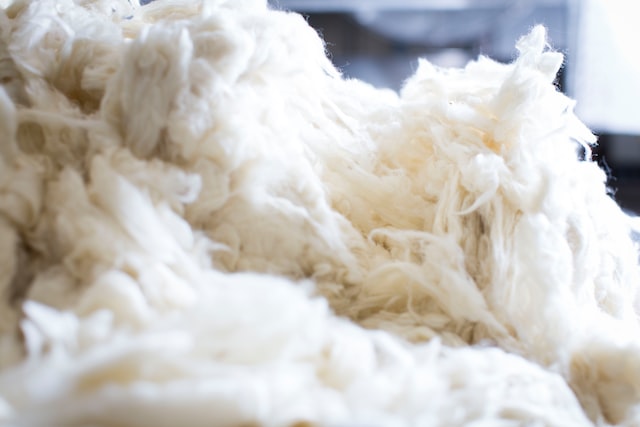
The study, headed by Dr. Stephen Wiedemann, Chair of the IWTO Wool LCA TAG, demonstrates that the consequences of a recycled wool product may be greatly minimized with proper usage and care, compared to those of a sweater made from virgin pure wool.
Donating
Donating woolen textiles to charity stores and goodwill centers can add a few years to the life of the item and keep trash from piling up in landfills.
Wool lasts longer than other fibers due to its inherent resilience, so your discarded items can have long, happy lives elsewhere. Frequently, you may give by filling collection bags.
Make Pocket-Warmers
Cut square-shaped bands from the arm of a sweater, sew up the sides, then fill with dry beans, lentils, buckwheat, or pie weights to create a portable heated bean bag.
Put it in the microwave for one minute until it is hot, and then place it in your pocket before venturing out into the snow. This larger version, composed of buckwheat and dried lavender, is used in my bed.
It Can Be Used Again
If one of your well-worn items is too dear to you to sell, exchange, or donate, consider transforming it into something different.
Old wool is the ideal material for upcycling, since it can be turned into a variety of helpful DIY projects. Certainly a way to be environmentally conscious while also stimulating your imagination!
A pair of new mitts? The mittens should be cut from the sweater’s hem so that they fit snugly around the wrist. Find how-to instructions here.
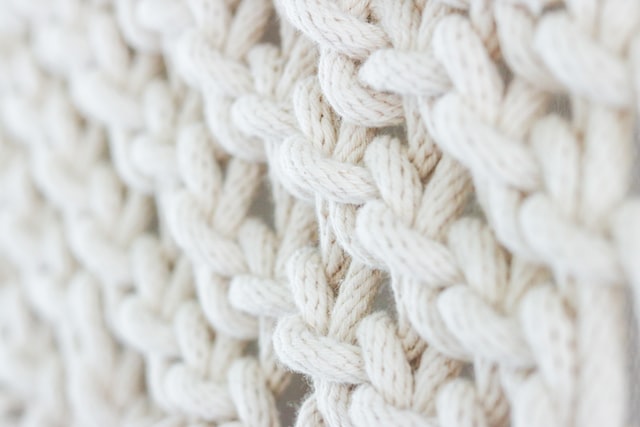
A new pillow case! After a hard day, especially during the winter months, we all like curling up on the couch and hiding from the chilly weather. However, rather than being in your favorite object, how about being on top of it?
The easiest way to use up any leftover wool might be to make a stylish new headband. You can make a flexible and comfortable headband out of an old sweater with a pattern you love.
It can be small for trendy hair control and appearance, or broad for a cap or chilly weather.
As a result, you now have a plethora of options for any old wool that is taking up space in your closet or lying around the house.
Your friend might like a new sweater, selling it could help your bank account, and recycling it would be good for the environment.
How Should It Be Recycled?
Wool is one of the most recyclable fibers in the world, increasing the life of clothes and benefiting the environment (and bank balances).
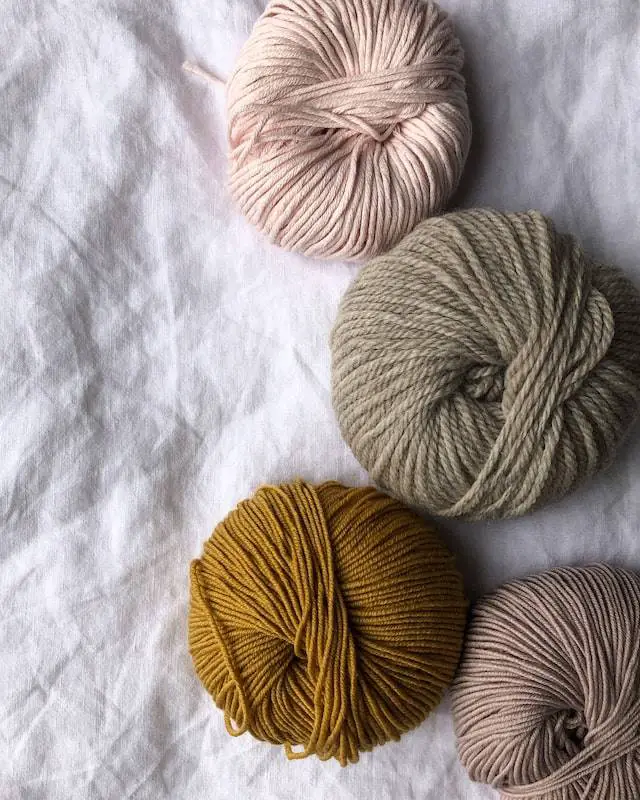
There are several avenues for reuse, including thrift stores and clothing exchange programs, and the global market for old woolen items is rising. The longer a piece of clothing or other item is used, the more value can be taken from the original raw materials.
The same holds true for wool recycling. When the same wool fibers are reused, the environmental impact of these fibers is reduced.
Remove non-biodegradable components
Before burying or composting wool garments, remove the following non-biodegradable components:
- Zippers / Buttons
- Elastic bands Labels
Be aware that synthetic threads can be used to sew biodegradable clothing together (they are likely plastic-based and thus non-biodegradable). If you are uncertain, you may choose to remove the seams and dispose of them separately.
Last Resort
Wool can, as a last resort, be disposed of in landfills. Since all of its carbon comes from the plants that sheep eat, it is biodegradable and will break down quickly.
In fact, wool puts nutrients back into the ground, so it is much better for the environment than other synthetic materials to throw away.
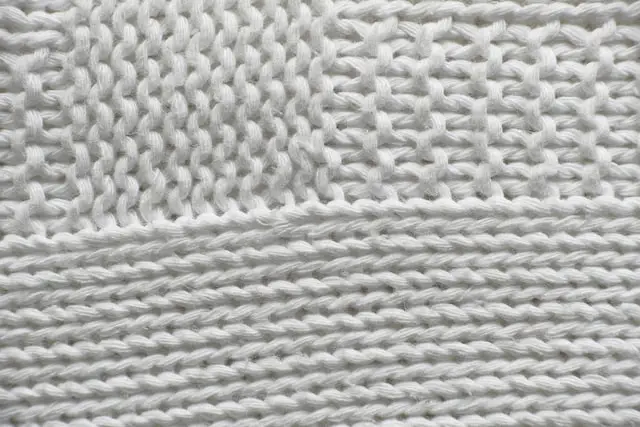
And once you’ve gotten rid of your old textiles in an environmentally friendly way and bought new, beautiful textiles, you can keep from making more waste by only washing them when you have to, buying high-quality products that last longer, and then reusing or recycling them when they’re done.
Boot Toppers
In addition to being fashionable, they are also functional. If you are wearing tights, boot toppers will avoid the runs produced by the rough tops of rubber boots.
Cut a broad band from the upper arm of an old sweater that reaches approximately halfway down your calf, and fold the excess cloth over the top.
Conclusion
Wool provides a positive alternative to discarded clothing that ends up in landfills, which is a big worldwide issue. You can reduce the amount of textiles discarded by choosing durable, easily recyclable woolen clothing over other options.
